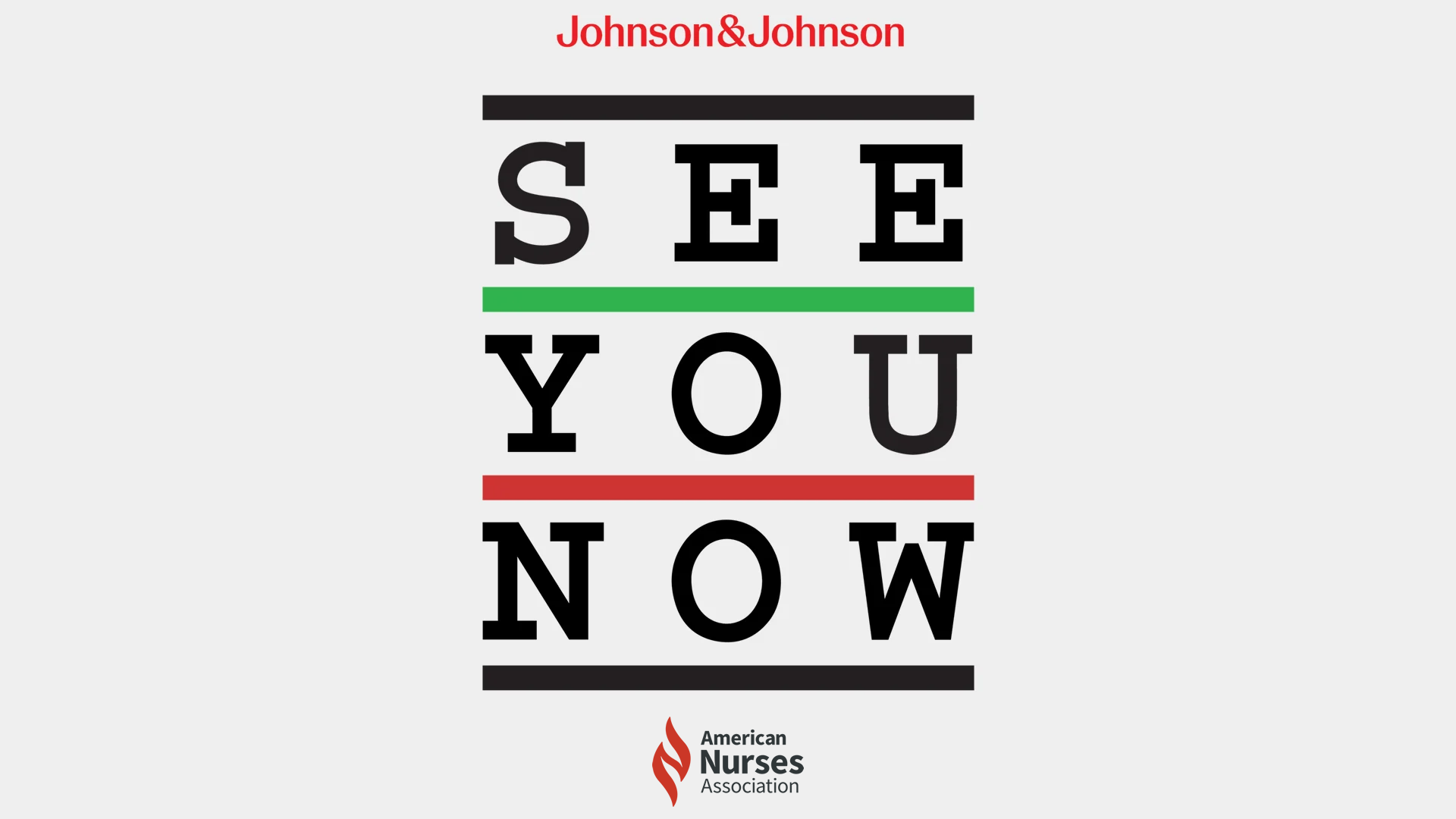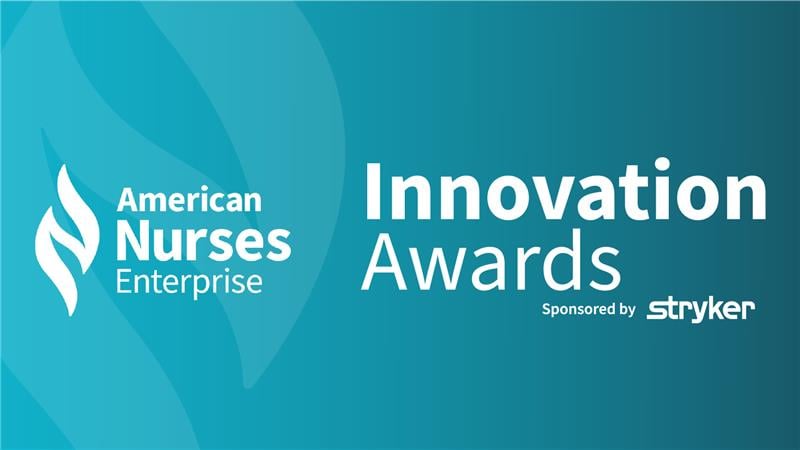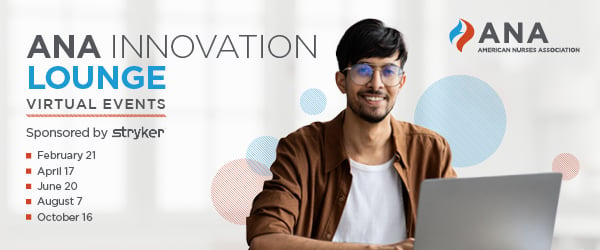
ANA is dedicated to building a culture of innovation across the nursing profession. Our innovation work exists to support and nurture the innovative, curious, and pioneering nature of nurses. The ability for a nurse to innovate is not determined by age, length of service, or area of practice – it is defined by a desire to improve the status quo.
Read MoreInnovation Focus
Our goal is to connect nurses with educational and aspirational content, and events - by providing opportunities to learn from and engage across the nursing community. The ANA Innovation team is working to curate resources and funding opportunities to support the innovative work of nurses. Join nurse thought leaders and partners globally to support your creative work and innovation journey!
“Your ideas and creativity will design and build the future of healthcare.”
Oriana Beaudet, DNP RN –
ANA Vice President of Nursing Innovation
Innovation Events
To connect, collaborate, and celebrate innovation across the nursing profession, ANA hosts several events through the year to showcase the creativity and ingenuity of nurses who are leading (or want to) change and driving health care transformation. Some events are conversations, including funding opportunities, and others are gatherings.
Innovation Podcast

See You Now Podcast
The #SeeYouNow podcast is an inspiring storytelling podcast that reveals innovative and human-centered solutions of nurses to address some of today's most challenging healthcare problems. See You Now won the 2021 Rock Health Award for storytelling! Three episodes about nurse innovators won 2021 Digital Health Awards! Click here to see the library, stream, or download any of these incredible episodes.
Learn MoreInnovation Education
Interested in learning more about design, nurse innovators, and innovation happening across healthcare? Are you looking for nurse innovation research? Take a look at these amazing resources (most are free or open source). We guarantee that everything is tailored to support your development and innovation journey.
Read more
Innovation Team
The Innovation Team consists of leaders from the American Nurses Association, the Innovation Advisory Board and Committees, and Corporate Supporters. This team was designed to foster a broader body of work to support innovation across the nursing profession. Learn more about these individuals, groups, and organizations below.
Read More



